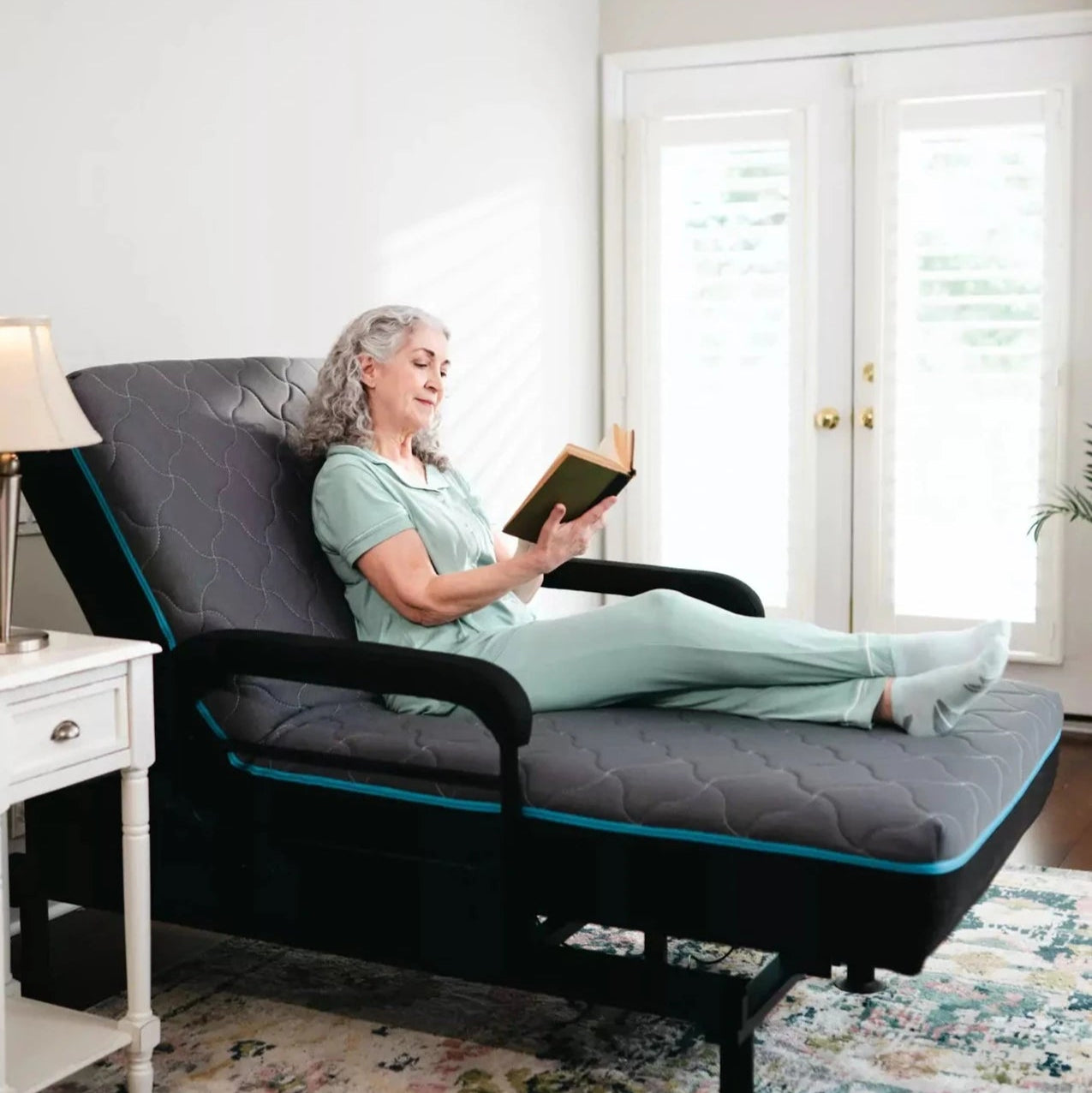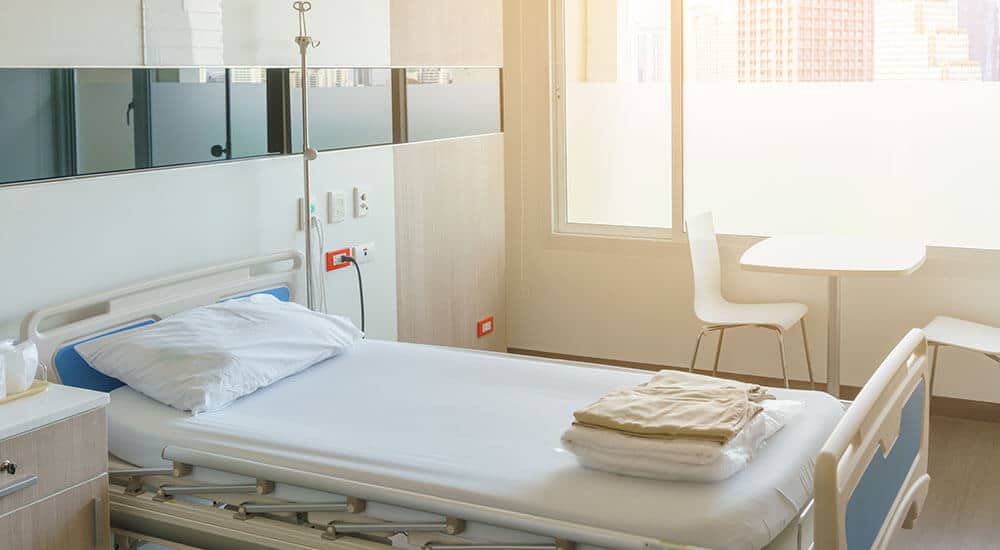5 Simple Techniques For Hospital Beds For Home Use
The Best Guide To Hospital Beds For Home Use
Table of ContentsOur Hospital Beds For Home Use Statements7 Easy Facts About Hospital Beds For Home Use DescribedSome Ideas on Hospital Beds For Home Use You Should KnowThe Definitive Guide to Hospital Beds For Home UseNot known Facts About Hospital Beds For Home UseHospital Beds For Home Use - An OverviewRumored Buzz on Hospital Beds For Home Use
There are three primary types of healthcare facility beds: manual, semi-electric, and fully-electric. These beds make use of hand cranks to change the bed's height and increase and decrease the head and the foot.
Semi-electric beds have an electrical motor to elevate and lower the head and foot parts of the bed. Individuals and caretakers adjust the positioning by pushing switches utilizing a hand necklace. The height of the bed is readjusted by hand with a hand crank. Full-electric beds have an electrical motor that can elevate the head and foot sections of the bed along with the whole height and positioning of the bed.
Not known Facts About Hospital Beds For Home Use
There are numerous kinds of hospital beds, each designed to satisfy particular client needs. Below are some typical types: This is the most common kind of medical facility bed, made for basic medical usage.
Lower to the ground than a standard bed. This type of bed is made for larger people, with a broader frame and greater weight ability than a common bed.
This kind of bed is designed for seriously ill patients that require open tracking and specialized medical devices such as ventilators and mixture pumps. This sort of bed is created for usage throughout labor and delivery, with adjustable positions and features to sustain the mommy and baby throughout the birth procedure.
7 Easy Facts About Hospital Beds For Home Use Explained
Several function and the accessories do broadening grip to different parts of the vertebra and the extremities without moving the body. These are just a couple of examples of the types of hospital beds available. The details sort of bed utilized will certainly rely on the person's problem, clinical demands, and other elements.
Below is things you need to recognize. A one-function hospital bed is a clinical bed that allows a person to relocate just the head or foot section up or down. A 2 feature hospital bed typically refers to a sort of medical bed that has two flexible functions to aid individuals in healthcare facilities or treatment facilities.

The 8-Second Trick For Hospital Beds For Home Use
A 7-function ICU bed is a sort of clinical bed that gives numerous flexible features to sustain seriously ill individuals in an extensive treatment device (ICU) (hospital beds for home use). The seven functions normally consist of: Backrest modification: The backrest can be adapted to different angles to aid the person stay up or relax easily
Height adjustment: The bed can be increased or decreased to make it simpler for patients to get in visit this page and out of bed, and for caregivers to give treatment. Trendelenburg position: The whole bed can be slanted to advertise blood flow and circulation in the body. Reverse Trendelenburg setting: The bed can also be slanted in the contrary instructions to promote blood flow and circulation in the upper body.
1. What Size is a Hospital Bed? 2. Just how much Does a Medical Facility Bed Price? 3. Why Do Healthcare Facility Beds Have Side Bed Rails? 4. What Are The Key Health Center Bed Parts?. While even more budget friendly than electrical designs, these beds need physical initiative for modifications. The main benefits of hand-operated beds are their price and reliability, as they do not depend on electrical energy. However, the need for manual initiative can be a restriction in scenarios where fast adjustments are essential or where caregivers face physical challenges.
The 10-Second Trick For Hospital Beds For Home Use
They are well-suited for individuals who need very little repositioning for convenience or medical needs. Semi-electric health center beds supply an equilibrium of guidebook and electric controls. The head and foot areas are commonly adjusted with electrical controls, while the elevation is readjusted by hand. These beds provide an optimal middle ground between manual and totally electric alternatives, offering ease of usage without the full cost of electric designs.
Semi-electric beds are well-suited for people who need modest adjustments to the head and foot sections yet can take care of without regular height adjustments. This makes them a cost-efficient service for those seeking convenience and ease without the need for constant repositioning. Completely electrical hospital beds feature electric controls for seamless modifications to the elevation, head, and foot areas.
Specialty healthcare facility beds, such as ICU beds, lasting treatment beds, my company and bariatric beds, are meticulously made to resolve certain clinical demands. These beds provide tailored take care of varied person teams, boosting both results and comfort. In the complying with sections, we will explore the main kinds of specialized healthcare facility beds, outlining their certain advantages and applications.
With years of experience in manufacturing electric direct actuators - hospital beds for home use and close collaboration with the health care industry, TiMOTION is well-positioned to provide dependable healthcare services. Our vertically incorporated business handles every action of the production process, from layout to actuator setting up, guaranteeing we provide outstanding value and personalized options tailored to your certain demands
How Hospital Beds For Home Use can Save You Time, Stress, and Money.

To read more about integrating these modern technologies into your items, call us today. More reading:.
Information is sourced from the Medicare Expense Report.

The Single Strategy To Use For Hospital Beds For Home Use
A hospital bed is a bed made particularly for clinical functions. It is not only a place for clients to relax, yet additionally a system for medical procedures. Unlike regular home beds, health center beds typically have adjustable features, which can facilitate medical staff to make different modifications according to the demands of clients, such as changing the height, disposition, and assistance angle of the back and legs of the bed.